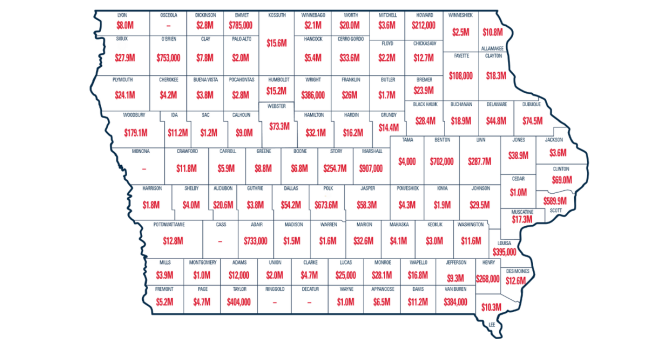
Research has shown hard seeded legumes can play a key role in driving down input costs without sacrificing production for mixed farming operations in medium to low rainfall zones.
Extensive trials conducted by the NSW Department of Primary Industries (DPI), as part of a Grains Research and Development Corporation (GRDC) investment, have highlighted hard seeded legumes can provide a more flexible pasture-crop rotation system that increases nitrogen fixation and lowers input costs.
This research was a topic of GRDC’s Grower Update webinar series on Tuesday, May 24, which focused on biological nitrogen banking and the pros and cons of adding a hard seeded legume pasture to a mixed farming enterprise. Anyone can tune into the recorded event by visiting GRDC’s past events page.
The key operational benefits of hard seeded legumes according to NSW DPI Research Officer, Dr Belinda Hackney, is that they can be sown in summer and they can be harvested using headers, enabling on farm seed production which reduces the cost of seed and allows the opportunity to increase sowing rates.
Dr Hackney said trials have shown the hard seeded legume pastures can establish sizeable herbage in the warmer months and contribute significantly higher quantities of nitrogen to future crops compared to traditional legumes.
“This gives growers more flexibility with their rotations as they can use the nitrogen produced by the hard seeded legumes for their following crops,” she said.
“It can also reduce their reliance on synthetic fertilisers, giving growers more value for money from the crop overall as it produces more feed for their stock but also reduces input costs.”
Farmers, Mike and Velia O’Hare, from Beckon, lost most of their subterranean clover seed bank in the millennium drought, and after talking to Dr Belinda Hackney, they decided to sow hard seeded legumes to replace the lost sub clover pasture.
Mr O’Hare said the most noticeable difference of the switch has been lower sowing costs, as they can produce the seed on farm and the legumes are able to regenerate after a 2 to 4 year cropping cycle – compared to sub clover, which they would have to re-sow after each cropping cycle.
The O’Hares run a rotation of two to three years cropping, two years pasture – with the hard seeded legumes regenerating the year after their last crop rotation is harvested.
“We use hard seeded legumes the same way we used our sub clover. We graze the sheep on it and then use the nitrogen it produces for our cropping regime.” Mr O’Hare said.
“The difference is we only need to sow it once in a paddock and all our seed is produced on-farm. It’s also a lot tougher than sub clover – it tends to do a lot better in our dry or drought years.
While Mr O’Hare said there has been some challenges to using hard seeded legume pastures instead of sub clover, such as weed management, overall it’s been a successful shift that’s minimised operational requirements.
Mr O’Hare discussed his learnings in the GRDC webinar.
GRDC Manager of Soils and Nutrition, South, Stephen Loss, said this research was a great example of how GRDC invests in improving mixed farming operations so both the cropping and livestock side of a business benefits.
“Considering the high cost of nitrogen, it’s important we continue to invest in research that can be used to drive down input costs while improving profits,” he said.
“This research has been extremely grower focused, with trials and feedback being incorporated at every point of the project to ensure it can be effectively implemented on farm.
“I strongly encourage growers across eastern Australia access the online webinar to find out how you can make pastures more effective across cropping sequences.”
A recording of the webinar is available on the GRDC website.
This project is supported by funding from the Australian Government Department of Agriculture, Water and the Environment as part of its Rural R&D for Profit program, GRDC, MLA and AWI. The research partners include Murdoch University, SARDI, CSIRO, DPIRD, NSW DPI, as well as grower groups.







